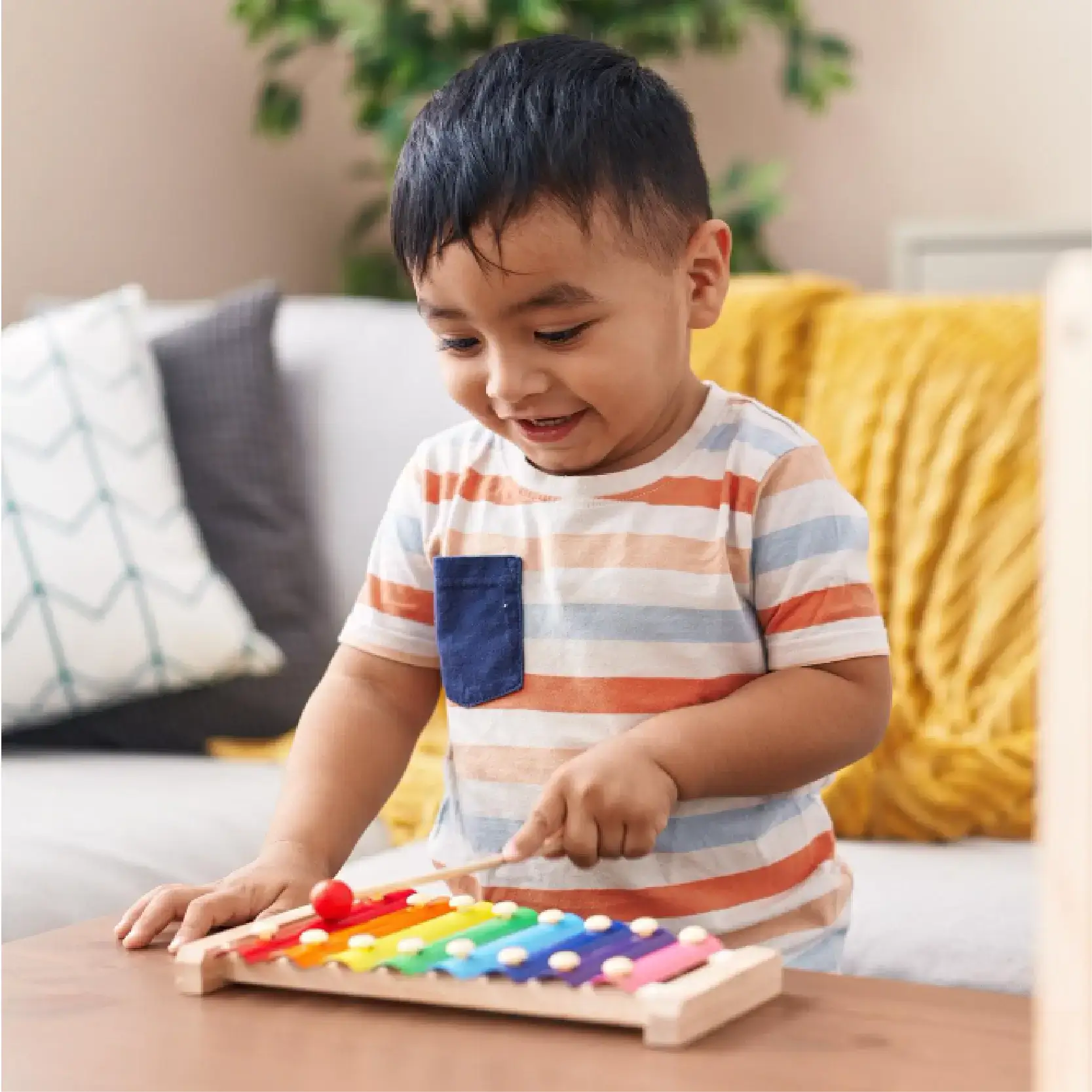Divorce is often an emotionally challenging time for all involved, not least when children are part of the picture. One of the most pressing concerns for separating parents is deciding how their children will be cared for going forward. In England and Wales, the law focuses on the best interests of the child as the paramount consideration. The idea of shared parenting has gained traction over recent years, with more parents seeking to maintain meaningful and balanced relationships with their children following a separation. But what does it really mean to ‘share’ parenting? And how does the legal system in England & Wales facilitate this?
The Legal Framework for Child Arrangements
In England & Wales, the Children Act 1989 provides the foundation for decisions related to the care and upbringing of children when their parents separate or divorce. The fundamental principle under this act is that the child’s welfare is the court’s paramount consideration. There is also a presumption, in the absence of evidence to the contrary, that it is in a child’s best interests to have both parents involved in their life.
The law does not use terms like ‘custody’ or ‘access’. Instead, it refers to ‘child arrangements’ to describe where and with whom a child lives and how much time they spend with each parent. This modern terminology reflects a shift away from battles over legal rights towards cooperative parenting solutions that focus on the child’s well-being.
What Is Shared Parenting?
Shared parenting, often referred to in legal proceedings as ‘shared care’, typically describes an arrangement in which both parents play a significant role in the daily lives of their children after separation. This does not necessarily mean that time is split 50/50. Shared parenting is more about the quality and consistency of involvement than mathematical equality.
The key concept is that both parents continue to provide care, make decisions jointly, and maintain a close relationship with their child. Arrangements can vary widely depending on the unique circumstances of the family. In some instances, children might spend alternate weeks with each parent. In others, they may live primarily with one parent and have regular, substantial time with the other.
Parental Responsibility and Decision-Making
Parental responsibility is a critical concept in understanding shared parenting. It refers to the legal rights, duties, powers and responsibilities a parent has in relation to their child. In England & Wales, the mother automatically has parental responsibility. The father also has it if he was married to the mother at the time of the child’s birth or is listed on the birth certificate after 1 December 2003. It can also be obtained through a formal agreement or court order.
Holding parental responsibility means that both parents should be involved in important decisions affecting their child’s life, irrespective of where the child lives most of the time. This includes decisions about education, medical treatment, religious upbringing, and relocation. Shared parental responsibility requires continuing communication and cooperation between parents, as neither can exercise this responsibility unilaterally in respect of major issues unless the other agrees or a court order permits it.
How Courts Approach Child Arrangements
Courts prefer that separated parents reach child arrangements voluntarily without the need for litigation. This encourages a less confrontational approach, which is usually in the child’s best interests. Mediation is often recommended or even required before applying to the court, through what is known as a Mediation Information and Assessment Meeting (MIAM).
Should matters proceed to court, the judge will consider what order, if any, will best serve the child’s welfare. This assessment is guided by the welfare checklist laid out in Section 1 of the Children Act 1989, which includes factors like the child’s wishes (considered in light of their age and understanding), the impact of changes in circumstances, the capability of each parent, and any risk of harm.
There is no default arrangement where equal time is awarded to each parent. Courts will consider practicalities such as the parents’ work schedules, the child’s school location, and overall stability. However, the presumption that ongoing involvement from both parents benefits the child will weigh heavily in deciding whether a shared parenting arrangement is appropriate.
Types of Shared Parenting Arrangements
Shared parenting can take many forms, depending on the needs of the family and the child’s routine. One of the simplest models is a ‘week on/week off’ schedule, where the child spends alternating weeks with each parent. While this works well for some families, it may be too disruptive for others, particularly younger children who benefit from more frequent contact.
Other models might involve splitting the week with the child spending three to four days with one parent and the remaining days with the other. Some families rotate weekends, include mid-week overnight stays, or create bespoke schedules around holidays and significant dates.
Importantly, the emphasis in shared parenting is continuity and minimal disruption. Children thrive on routine, so any arrangement should aim to provide predictability, security, and clear boundaries. Flexibility is also essential, especially as children grow older and their needs and preferences change.
Benefits of Shared Parenting
Numerous studies have suggested that, where safe and practical, children benefit significantly from having both parents actively involved in their lives post-separation. The advantages extend beyond emotional well-being to encompass educational performance, social development, and behavioural stability.
Shared parenting allows children to maintain meaningful relationships with both parents and extended family members. It reinforces a child’s sense of identity and belonging and reduces the likelihood of the child feeling abandoned or forced to ‘choose’ between parents.
For parents, shared care can also mitigate feelings of loss and disconnection and promote a healthier post-divorce environment. When both parents are engaged and retain active parental roles, it creates a more balanced support system for the child.
Common Challenges with Shared Parenting
While the benefits of shared parenting are widely accepted, implementing it successfully isn’t without hurdles. Communication between ex-partners can be strained, especially if the separation was acrimonious. There may be unresolved emotional issues, differing parenting styles, or logistical barriers that complicate cooperation.
Financial disparity can also pose challenges. One parent might struggle to provide comparable living conditions or contribute equally to educational or extracurricular expenses. Moreover, if either parent enters a new relationship or moves to a different location, the existing arrangement might become unworkable.
For children, the constant change of homes and routines can occasionally lead to confusion or stress, especially if the arrangement lacks structure or is implemented inconsistently.
Role of Parenting Plans and Written Agreements
One useful way to reduce ambiguity and minimise conflict is by drafting a parenting plan. Although not legally binding, a parenting plan is a written agreement between parents setting out how the child will be cared for. It can cover a wide range of practicalities such as living arrangements, holiday scheduling, communication, and decision-making authorities.
Being proactive in developing a comprehensive parenting plan can provide clarity and pre-empt disagreements, especially as circumstances evolve over time. It also demonstrates to the court, in the event of later proceedings, that both parents are committed to collaborative parenting.
Alternatively, parents may seek a consent order from the court to formalise the terms of an amicable agreement. This gives the arrangement legal enforceability and may provide assurance if trust issues exist.
What Happens When Shared Parenting Breaks Down
Not all shared parenting arrangements succeed long-term. Changes in life circumstances—such as a change in employment, relocation, new family dynamics, or educational needs—may necessitate a revision of the parent’s roles and time-sharing schedule.
If disputes arise that cannot be resolved amicably or through mediation, either parent may apply to the Family Court for a variation of an existing order. This will again trigger the court to apply the welfare principles to arrive at a new arrangement that best serves the child’s interests.
It is important to note that breaching a child arrangements order without reasonable excuse can have serious consequences, including enforcement orders, fines, or in extreme cases, a change of residence if the breach is deemed to be harmful to the child.
The Child’s Voice in Shared Parenting
Children’s views are given weight within court proceedings, especially as they get older and more able to express reasoned preferences. Judges may instruct the Children and Family Court Advisory and Support Service (Cafcass) to speak with the child and assess their emotional and physical needs.
However, listening to a child does not translate to letting the child decide. The court balances the child’s views with the wider context and aims to protect children from becoming embroiled in adult conflict. Even outside formal proceedings, parents should involve their children in discussions about living arrangements in age-appropriate ways, always emphasising love and stability above parental preference.
Conclusion
Shared parenting is a reflection of modern family life—adaptable, cooperative, and child-centred. It is not a one-size-fits-all framework, and its success largely depends on the attitudes and abilities of divorced parents to communicate, compromise, and prioritise their child’s needs above their own.
English and Welsh courts and legislation offer flexibility and guidance without prescribing rigid formulas. Rather than dictating winners or losers, the prevailing ethos is to ensure that children maintain substantial and meaningful relationships with both parents wherever that is safe and beneficial.
Understanding the subtleties of shared parenting and staying informed about your legal rights and responsibilities as a parent can pave the way for stronger family outcomes, despite the complexities that divorce may bring. With the right planning, communication, and support, shared parenting arrangements can serve as a foundation for continued love, guidance and stability in a child’s life.













